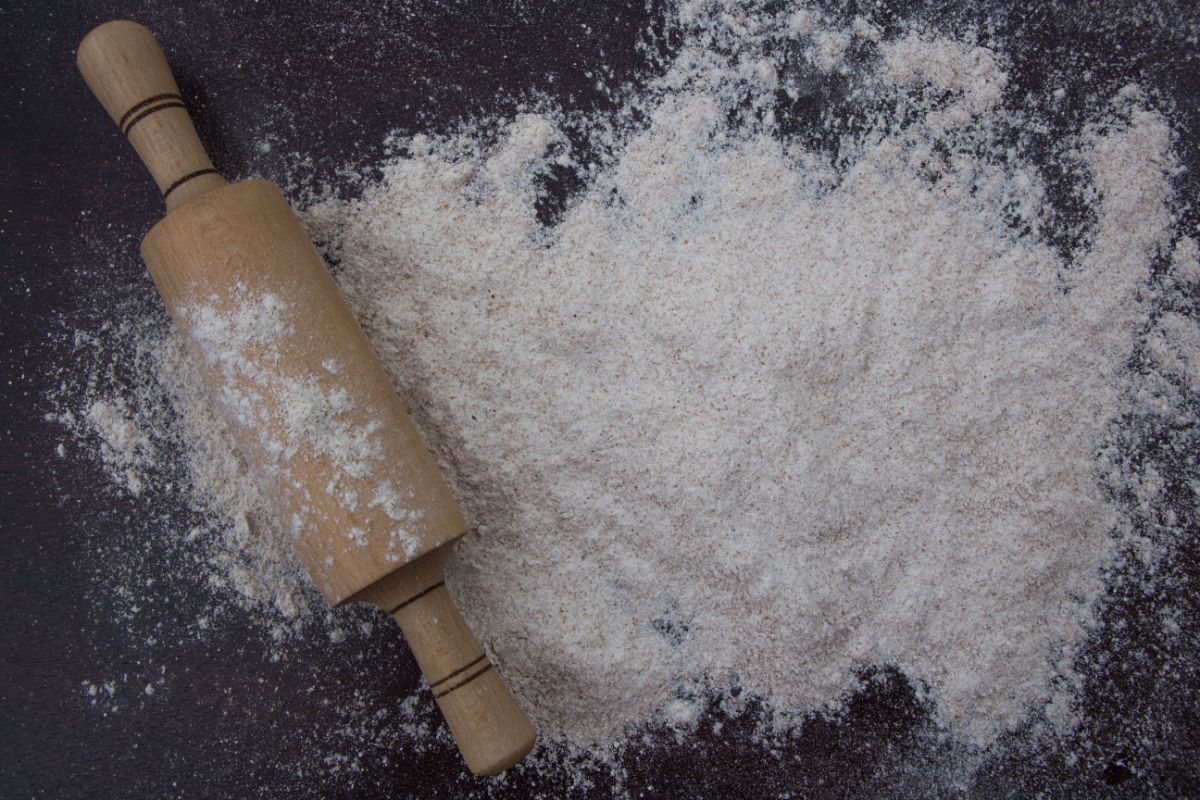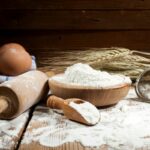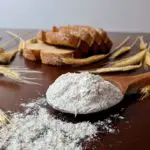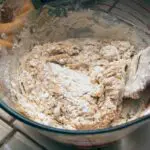Flour is a pantry staple ingredient that a lot of us have in our homes or cupboards. They are seen in the baking aisle in a lot of stores.
Flour plays a huge role in a lot of baking recipes such as cakes, pies and bread.
We are all aware of what all-purpose flour looks like, however, you may have noticed that sometimes it says the flour is bleached or unbleached.
Not everyone is really sure what the difference between bleached and unbleached flour is.
They may also confuse one for the other. In this article, we will be discussing the difference between bleached and unbleached flour.
Bleached And Unbleached Flour
When it comes to bleached flour, the aging process of the flour is quickened due to the introduction of some chemical additives.
This happens during the bleaching process, where bleaching agents including chlorine dioxide gas and benzoyl peroxide are added.
This then results in a flour that has a much whiter appearance and a finer grain.
In addition, this also results in a flour that is quite soft as well.
Therefore, by using bleached flour in your baking, you will notice that what you produce will also have a brighter color and a softer texture.
However, if you suffer from a sensitive palate, you may notice the flavor of the flour may taste a bit off.
This is due to the addition of additives.
Compared with unbleached flour, which is naturally aged, by being aged by just the milling process alone.
With unbleached flour, you notice it has a slightly yellow to off-white color.
However, the more the flour is exposed to oxygen, the lighter and whiter the flour will become.
With unbleached flour, no chemical agents or additives have been added. As a result, this kind of flour can have a much denser grain.
Also, due to taking longer to age, as no chemicals are added to speed up the process, you will find that unbleached flour is much more expensive than bleached flour.
Is It OK To Use Unbleached Flour Instead Of Bleached?
Generally, if you are struggling to find either type of flour, you can use both bleached and unbleached flour in any of your recipes.
It is a lot more common to bake with bleached flour, as it is cheaper to purchase.
Alongside that, the chemicals that have been added to the bleached flour contain proteins that have been altered.
This is ideal when it comes to making bread and quick breads, as it helps your bread to produce gluten bonds.
You then produce a dough that is less sticky and easier to manage.
Bleached flour is a really soft flour, therefore it produces softer baked goods.
However, there is no reason why you shouldn’t use unbleached instead, however, you will find that your baked goods will be slightly denser than normal.
Unbleached flour can be used to replace bleached flour. It will produce something that has a denser texture, but the taste will be less bitter.
Bleached flour can sometimes have a bitter aftertaste due to the chemicals added to the bleached flour.

Why Is Bleached Flour Bad For You?
Unbleached flour doesn’t look as nice as beached flour due to its off-white, almost yellow color.
This is due to very few chemicals being used to treat the flour.
It is known that unbleached flour has a higher protein content, which makes the flour naturally harder.
Therefore, what you produce will be dense and have a duller color.
Alongside that, this type of flour, like any refined flour, has all its nutrients like iron, vitamin B, and fiber removed.
However, sometimes some minerals are placed back in, but not the fiber. Therefore, unbleached fiber doesn’t contain much fiber when compared to whole grain flour.
Thus, the products may not have as many nutrients as whole wheat flour contains.
Is Unbleached Flour Bad For Baking?
Bleached flour has a slightly softer texture, due to its aging process. This is due to unbleached flour being aged naturally.
Therefore, it has a more dense grain, but a nicer flavor. This is because bleached flour can have a bitter aftertaste.
With this in mind, it is up to you whether you use bleached or unbleached flour in your baking.
Unbleached flour can hold its shapes really well and will rise well for yeast breads.
The only thing that puts people off using this flour is that it can struggle to color when baked.
This is why people would prefer to use leached flour for pie crusts and cakes etc., as it will produce a softer product that has a nice color.
Is Bleached Flour Better?
During the milling process, bleached flour goes through a bleaching process. This is where chemical agents like chlorine gas and benzoyl peroxide are added.
Not everyone likes the addition of these additives, but it makes this type of flour more affordable.
The baked goods, that you can make using this flour, will be soft and light. Due to the fine nature of the flour.
Therefore, for cookies and muffins that you want to be as light as possible, this flour will help you achieve that desired constancy.
Final Thoughts
The difference between bleached and unbleached flour is how the flours are milled and aged.
Bleached flour is a much more popular option to use as it has been naturally bleached, and produces light baked goods.
You can use each flour interchangeably, but you will notice a difference between the taste and texture while cooking with them.
We hope you have enjoyed this article, and now understand the difference between bleached flour and unbleached flour.










